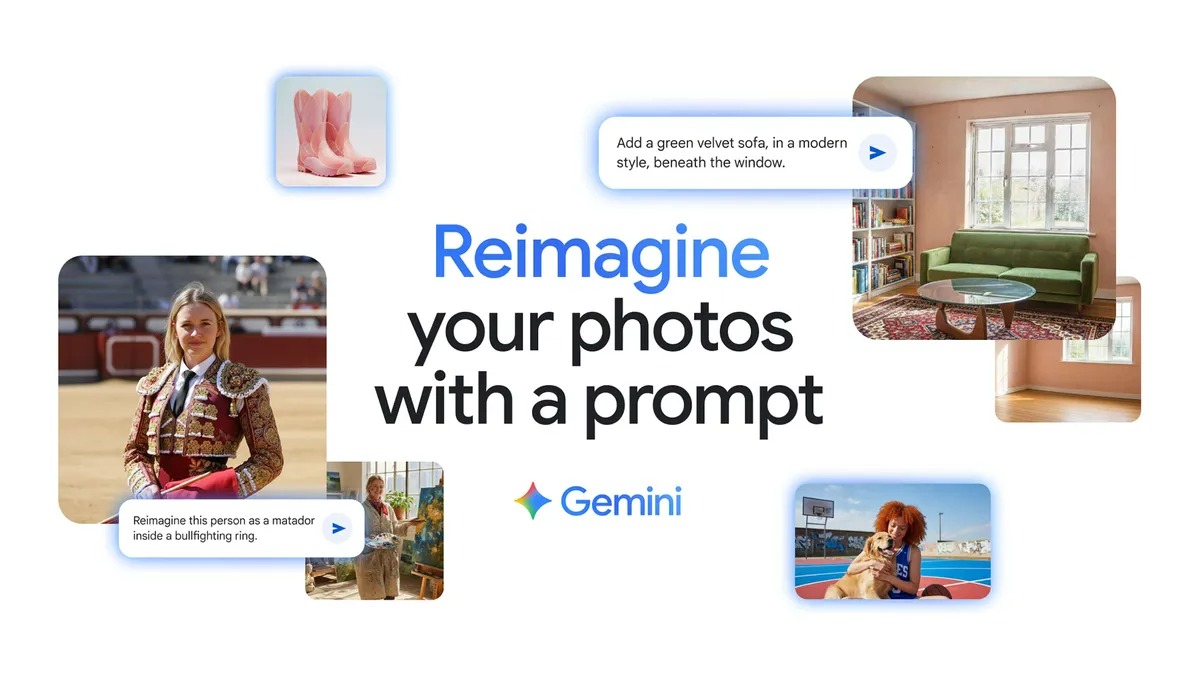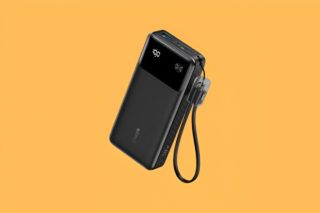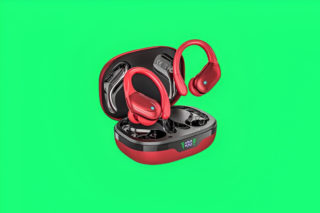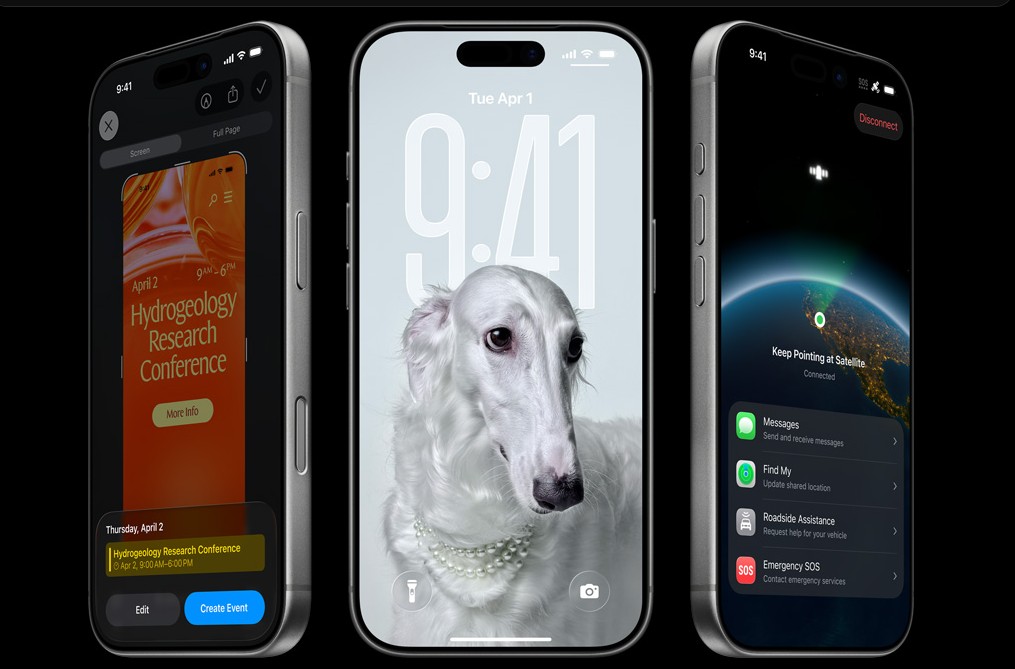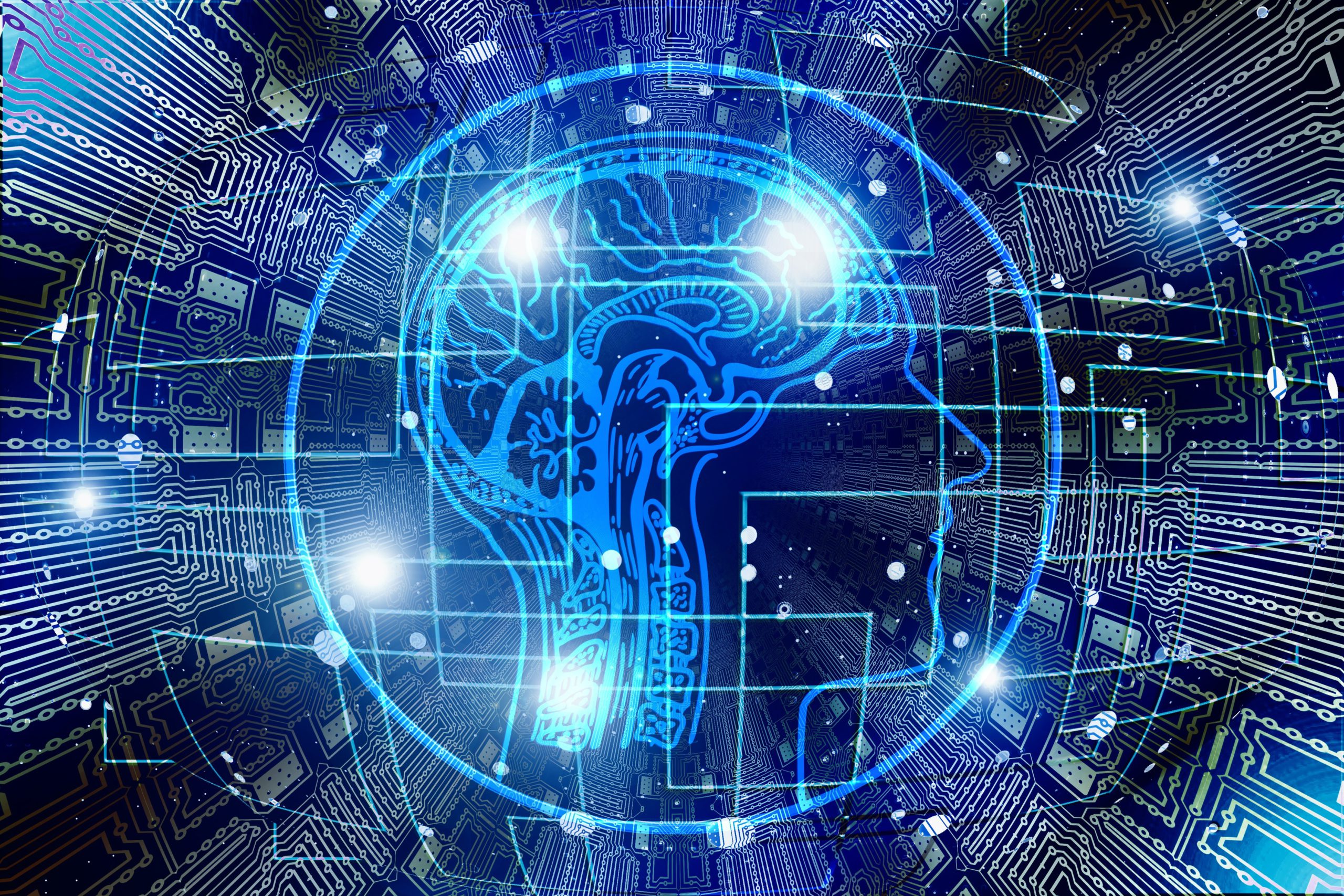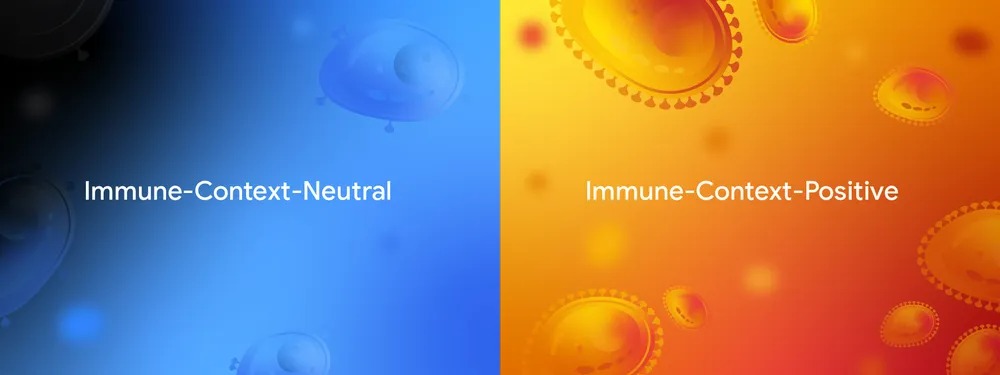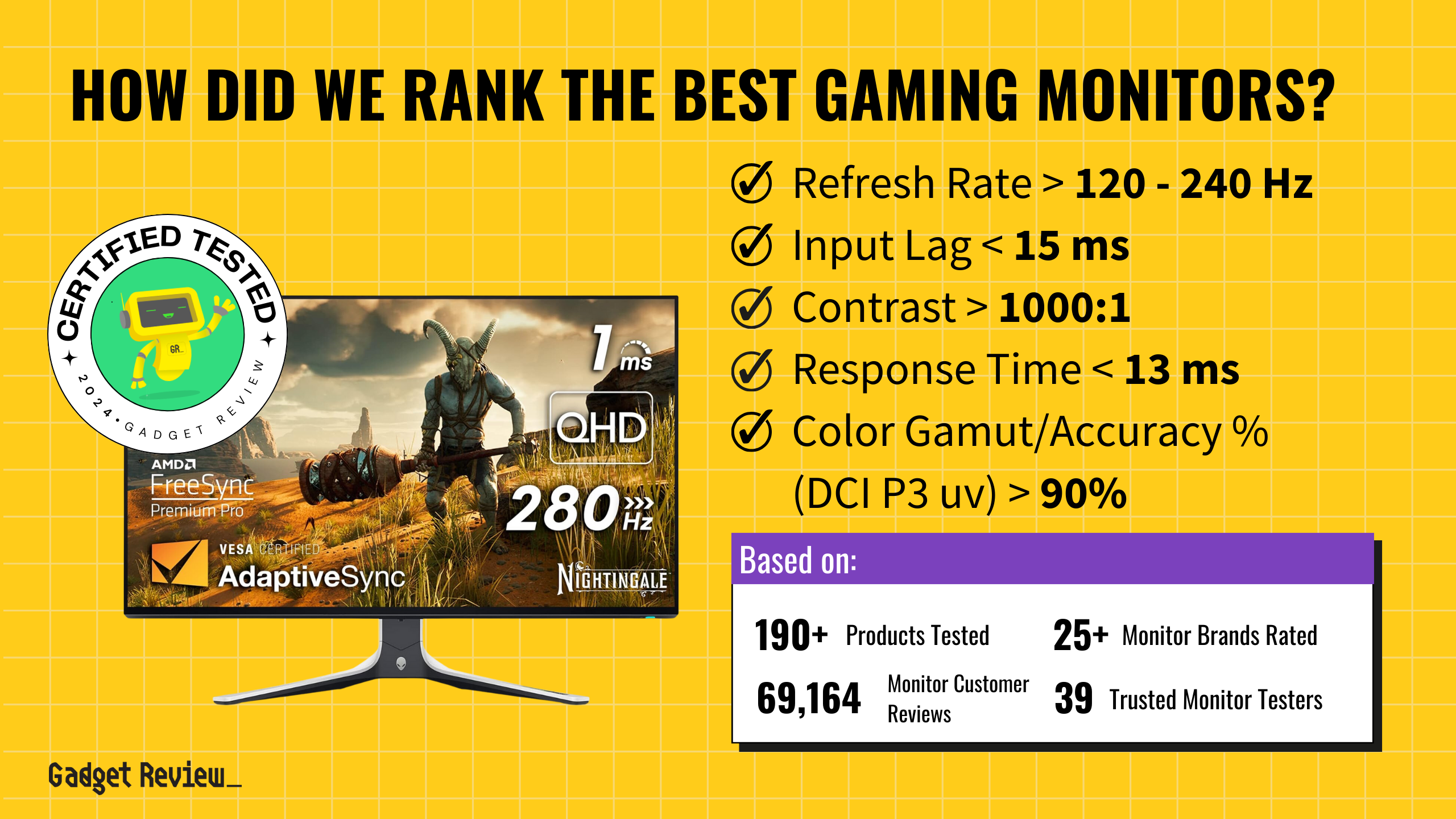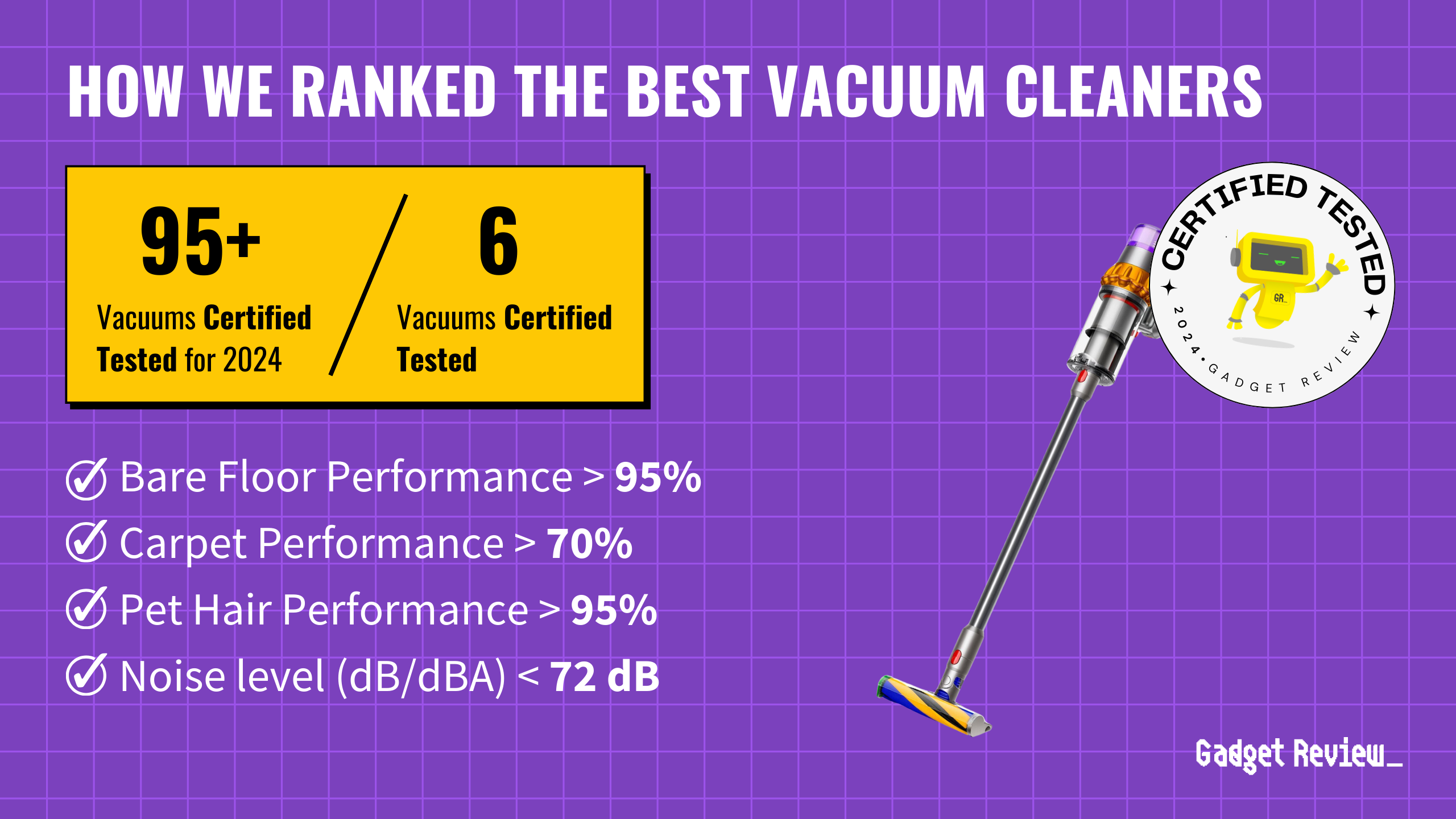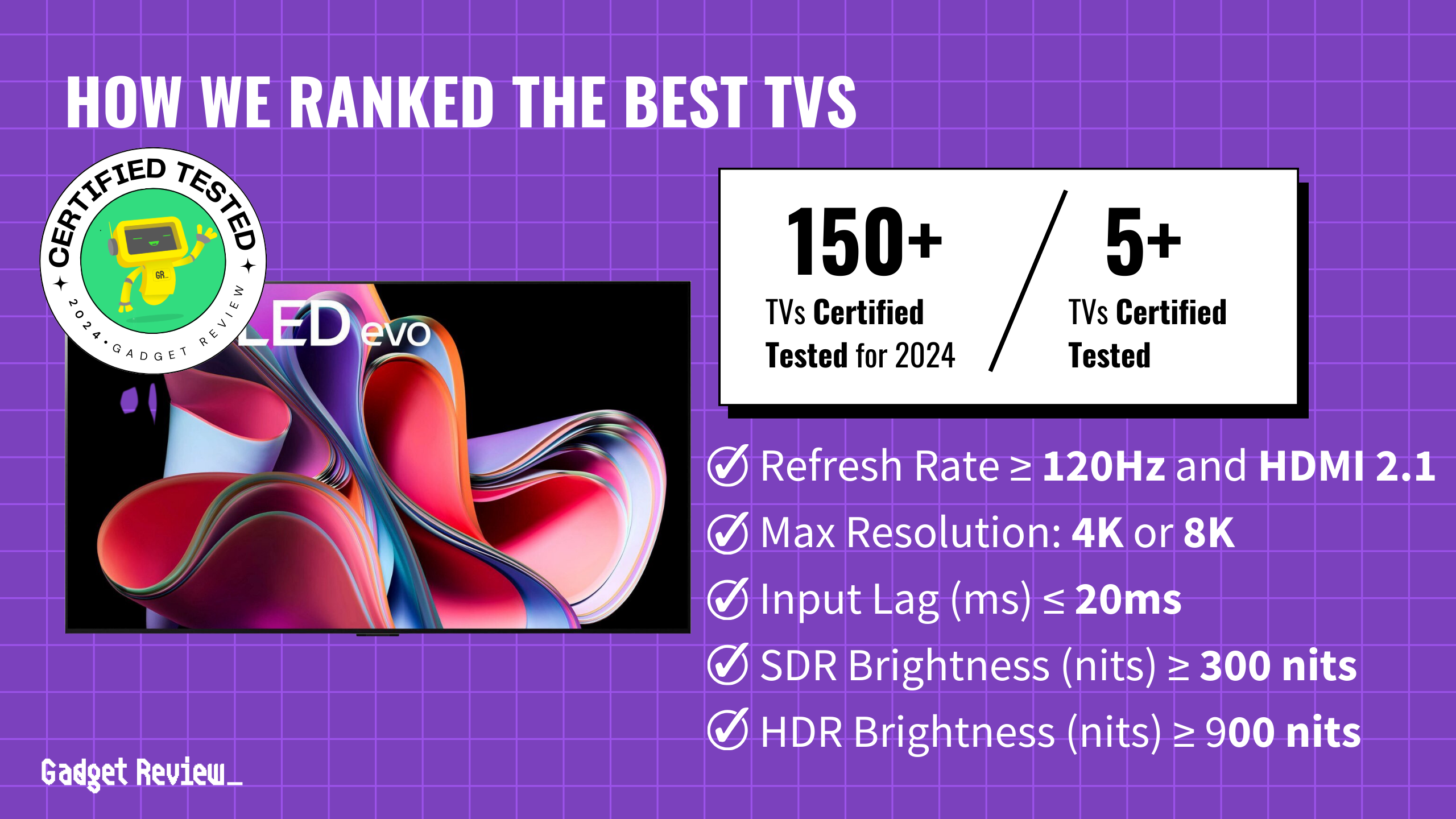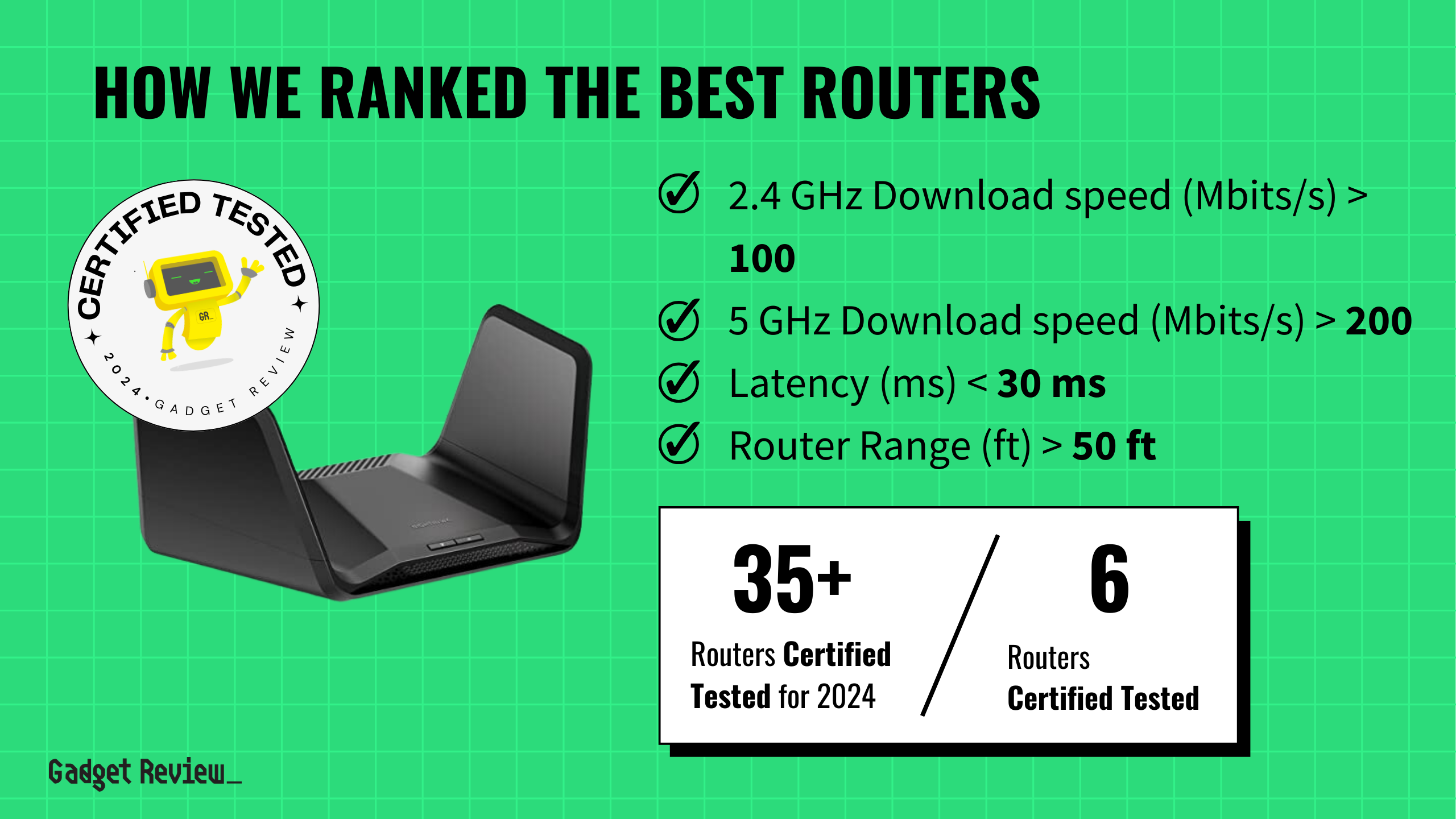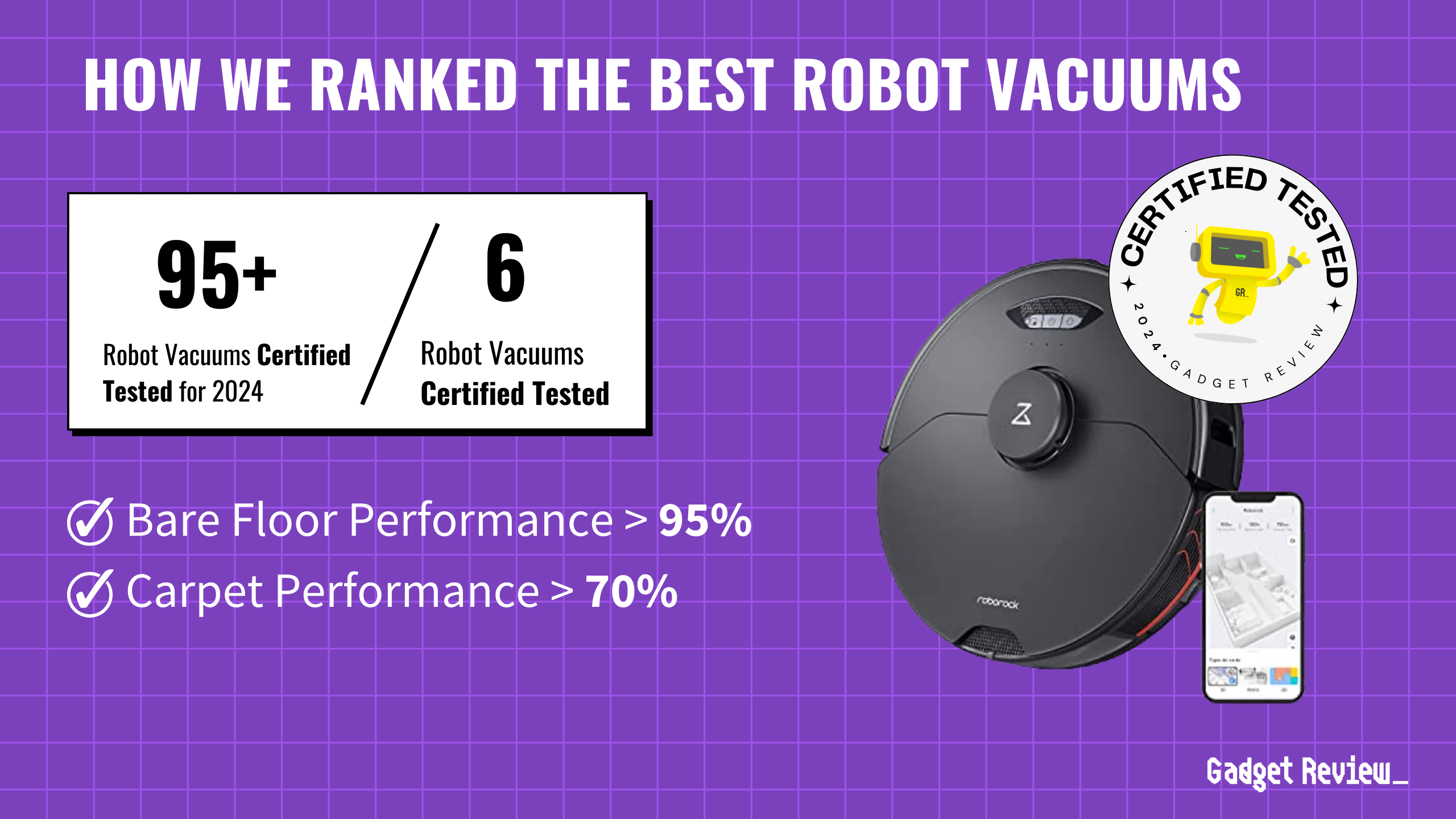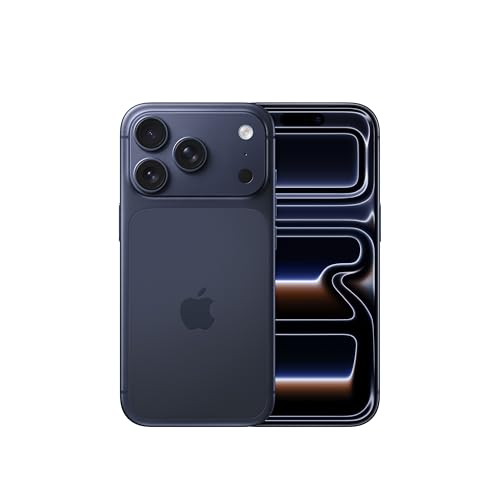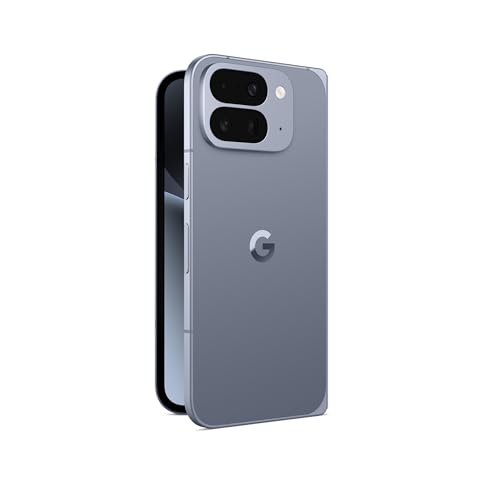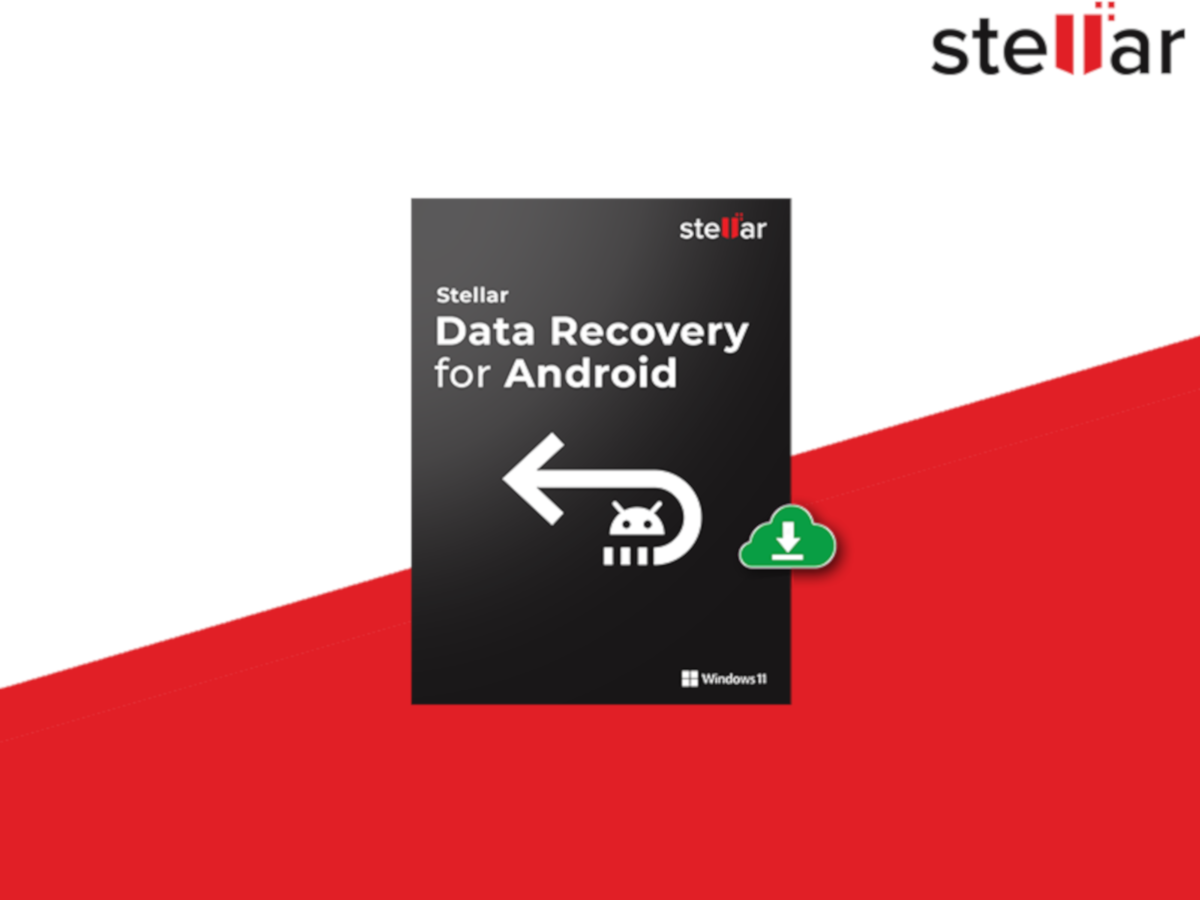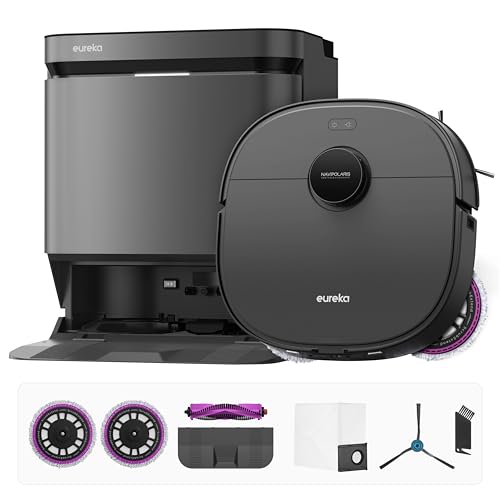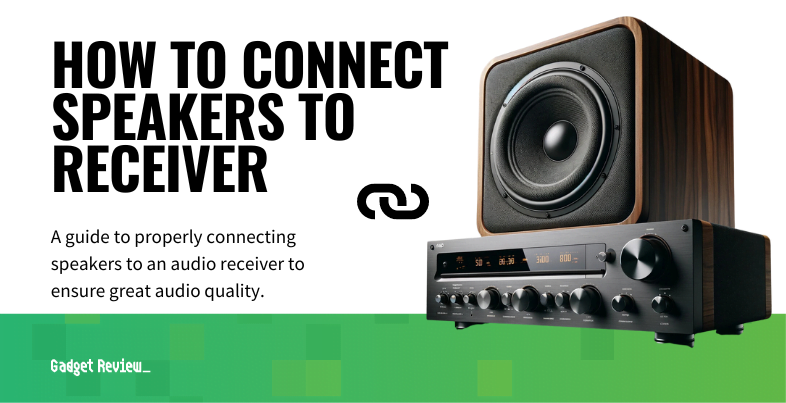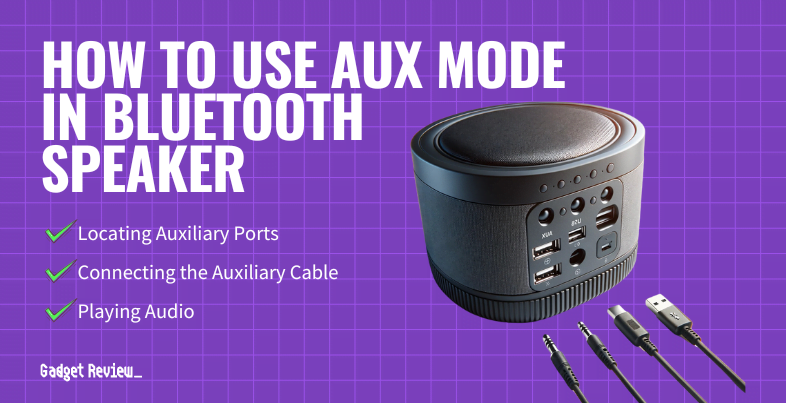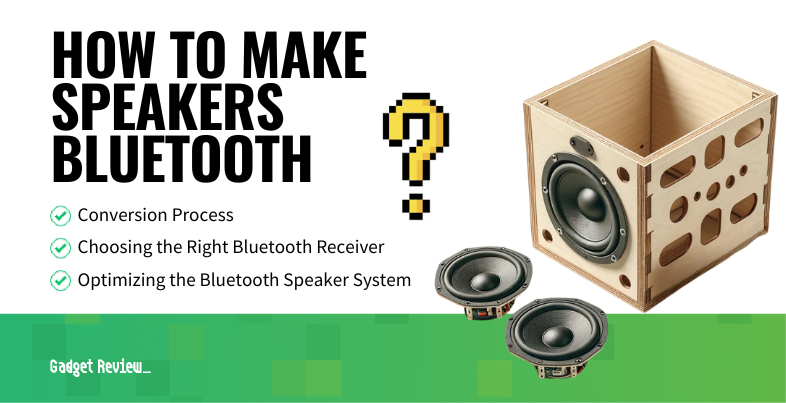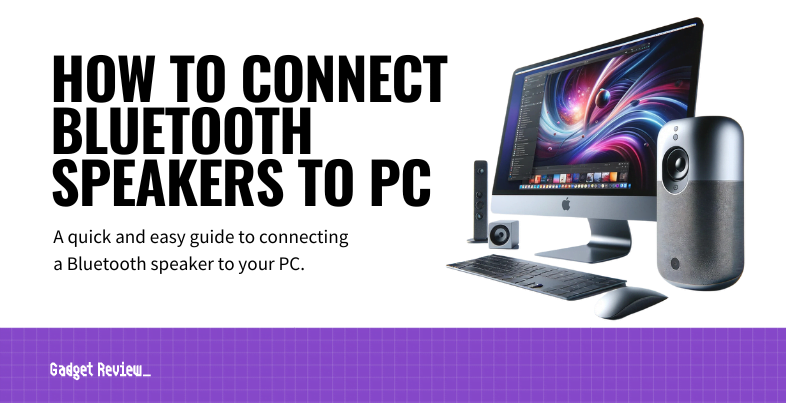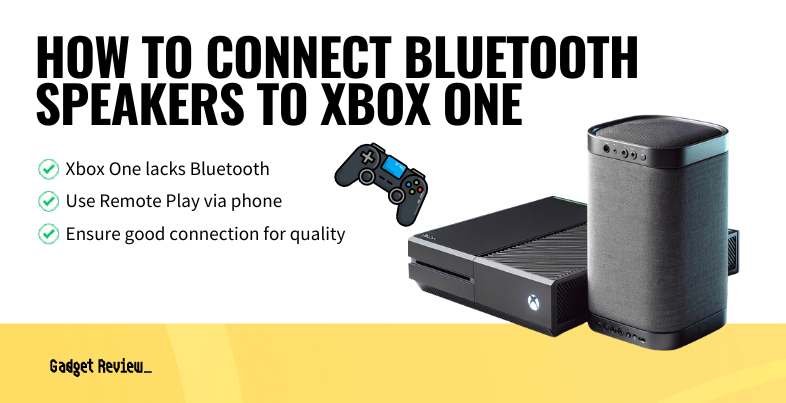Your carefully crafted AI portrait just morphed into someone else’s cousin after one simple edit request. Sound familiar? Google’s new Gemini 2.5 Flash Image—cryptically code-named “nano banana” during development—tackles the biggest frustration plaguing AI image tools: maintaining consistency across multiple edits.
Multi-Turn Magic That Actually Works
The model preserves subject identity through iterative changes, solving AI’s editing chaos problem.
Unlike ChatGPT’s DALL-E or xAI’s Grok, which treat each edit as a fresh start, Gemini 2.5 Flash maintains visual coherence across conversations. Change your subject’s outfit from formal wear to beach attire, swap backgrounds from urban to tropical, or adjust lighting conditions—the person’s face, posture, and core characteristics stay locked in place.
Early adopters at creative platforms like Freepik and Leonardo.ai report this enables “next-gen workflows” with significantly fewer artifacts and distortions than previous tools. The difference feels like switching from a coin flip to a reliable creative partner.
Style Transfer Without the Headaches
Design mixing capabilities let you blend elements across images with surgical precision.
The model excels at targeted style transfers that feel intentional rather than accidental. Transfer a butterfly wing pattern onto a dress design, or apply one photo’s lighting mood to another scene entirely. This isn’t the chaotic style-blending of earlier AI tools—it’s controlled creative fusion that preserves what you want while changing what you specify.
For brand asset generation or art direction, this precision matters more than raw creative power. You get deliberate results instead of happy accidents.
The Price of Consistency
Tiered pricing structure targets both casual creators and enterprise workflows.
Consumer access starts free with 100 daily edits, scaling to 1,000 for paid subscribers. Developers pay $30 per million output tokens—roughly four cents per image.
That pricing positions it competitively against Adobe Firefly’s enterprise partnerships and Meta’s Midjourney licensing deals. Google’s betting that consistency commands premium pricing in the increasingly crowded AI image space.
The real test isn’t ethical compliance but sustained performance advantage over OpenAI and emerging competitors who are undoubtedly cooking up their own consistency breakthroughs.
Watermarks and Competitive Reality
Built-in detection tools address deepfake concerns while Google battles for market leadership.
Every generated image includes visible watermarks plus invisible SynthID digital signatures, acknowledging the deepfake elephant in the room. Whether this deters malicious use remains unclear—determined bad actors typically find workarounds.
The real test isn’t ethical compliance but sustained performance advantage over OpenAI and emerging competitors who are undoubtedly cooking up their own consistency breakthroughs.
The editing consistency breakthrough matters more than flashier features. Your creative projects deserve tools that remember what you’re building, not ones that forget your vision between conversations.


